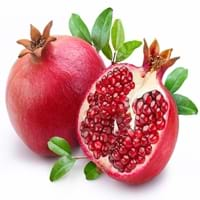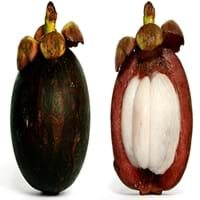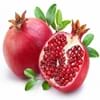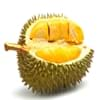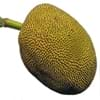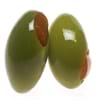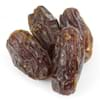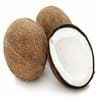Health Benefits
Cancer prevention, Heart care, Helps in cartilage regeneration, Improves stomach health, Increase in haemoglobin, Increases metabolic rate, Prevents constipation
Anti-oxidant properties, Anti-inflammatory properties, Controls blood pressure, Diarrhea treatment
General Benefits
Boosts immune system, Controls blood pressure, Controls blood sugar levels, Digestive aid, Maintains healthy cholesterol level
Anti-inflammatory properties, Digestive aid
Skin Benefits
Anti-aging benefits, Skin rejuvenation, Treatment of acne
Treatment of acne, Treats minor cuts
Hair Benefits
Prevents hair loss, Promotes longer and healthier hair, Treatment of dandruff
NA
Allergy Symptoms
Abdominal pains, Anaphylaxis, Itching
NA
Side Effects
Allergic reaction, Cold, Breathing difficulty, Irritation, Swelling
NA
Best Time to Eat
Best if taken as a breakfast (or empty stomach), As a snack in the late afternoon, Eat the fresh ones, avoid mixing with any other foods, don't eat after meal., Morning time (before lunch)
As a snack in the late afternoon, Eat the fresh ones, avoid mixing with any other foods, don't eat after meal., Morning time (before lunch)
Vitamin B5 (Pantothenic Acid)
Vitamin C (Ascorbic Acid)
Vitamin E (Tocopherole)
Not Available
Vitamin K (Phyllochinone)
Not Available
Lutein+Zeaxanthin
Not Available
Calories in Fresh Fruit with Peel
Not Available
Calories in Fresh Fruit without Peel
Not Available
Calories in Frozen Form
Not Available
Not Available
Calories in Dried Form
Not Available
Calories in Canned Form
Not Available
Calories in Pie
Not Available
Varieties
Balegal, Crab, Cloud, Francis, Freshman and Granada
Button Mangosteen and Lemondrop Mangosteen
Color
Dark red, Light pink-red
Purple
Origin
India, Iran
Moluccas of Indonesia, Sunda Islands
Climatic Conditions
Cold, Dry, Hot
NA
Facts about
- Pomegranate means apple with many seeds.
- It was called as the “apple of Grenada” in early English.
- In Hinduism, this fruit symbolizes prosperity and fertility.
- Pomegranate trees can live upto 200 years.
NA
Other Countries
Africa, India, Middle east, Pakistan
NA
Top Importer
Europe
United States of America
Top Exporter
India
Thailand
Botanical Name
Punica granatum
Garcinia mangostana
Synonym
Punica malus
Garcinia mangostana
Subkingdom
Tracheobionta
Tracheobionta
Division
Magnoliophyta
NA
Class
Magnoliopsida
Unknown
Subclass
Rosidae
Dillenhidae
Order
Myrtales
Malpighiales
Family
Lythraceae
Clusiaceae
Species
P. granatum
G. mangostana
Generic Group
Pomegranate
Not Available
Difference Between Pomegranate and Purple Mangosteen
We might think that Pomegranate and Purple Mangosteen are similar with respect to nutritional value and health benefits. But the nutrient content of both fruits is different. Pomegranate and Purple Mangosteen Facts such as their taste, shape, color, and size are also distinct. The difference between Pomegranate and Purple Mangosteen is explained here.
The amount of calories in 100 gm of fresh Pomegranate and Purple Mangosteen with peel is Not Available and 63.00 kcal and the amount of calories without peel is 83.00 kcal and Not Available respectively. Thus, Pomegranate and Purple Mangosteen belong to and category.These fruits might or might not differ with respect to their scientific classification. The order of Pomegranate and Purple Mangosteen is Myrtales and Malpighiales respectively. Pomegranate belongs to Lythraceae family and Purple Mangosteen belongs to Clusiaceae family. Pomegranate belongs to Punica genus of P. granatum species and Purple Mangosteen belongs to Garcinia genus of G. mangostana species. Beings plants, both fruits belong to Plantae Kingdom.
